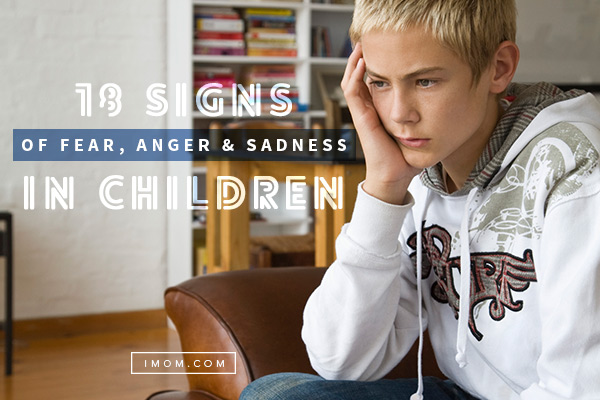According to Chip Dodd in his book The Voice of the Heart, there are 8 emotions from which all others stem. They are hurt, loneliness, sadness, anger, fear, shame, guilt, and gladness. Most of the 8 emotions seem negative, but like with most things, there are two sides to each of them and even emotions like anger, fear, and guilt have a gift.
Emotions help us live full lives when we allow ourselves to access them completely, when we honestly express them, and when we understand how they impact our daily lives. That’s a tall order for an adult, but what about our kids? It’s possible to guide them through their emotions starting now so they grow into well-balanced adults. Teach them these 5 things and they’ll have a huge head start.
1. Emotions are gifts and tools.
Emotions are innate gifts because they allow us to communicate. They also help us discover and build on what we are passionate about. If my daughter gets really excited about an assignment, that feeling of gladness is a window into what matters to her, it is the tip of the iceberg of her joys and passions. By allowing our children to fully experience their emotions, we’re also helping them discover their callings, which leads to fulfillment.
2. Emotions move us into action.
It’s easy to classify many of the 8 emotions like anger, guilt, shame, and fear as negative. However, these emotions move us into action. For example, anger can lead us into passionate action toward justice and truth, guilt and shame lead to action to seek help and change within ourselves, and fear helps us to take precautions, avoid unnecessary risks, and rely on God.
3. Emotions are meant to be expressed.
Hurt, loneliness, and sadness are better for us when we actually communicate them to those who have caused us to feel them, because only then can we begin to forgive and heal our wounds. Hurt brings courage, names our wounds, and allows for healing. Loneliness drives us to seek intimacy in relationships with ourselves, others, and God. Sadness moves us to acceptance and to value and honor what we’ve lost. By giving our children the freedom to safely come to us and tell us how they feel, they can learn to build relationships based on openness and honesty.
4. Emotions are meant to be felt.
Emotions can be controlled, but there is a difference between controlling and suppressing. Suppressing emotions can lead to anger issues, apathy, depression, resentment, self-pity, and anxiety. For our children to achieve a full life, we should teach them to embrace living with a full spectrum of controlled but not suppressed emotions. Yes, they may fully access anger, fear, and sadness, but they will also fully access the gladness that leads to joy and true celebration.
5. Emotions are meant to be understood.
Understanding our emotions doesn’t change the way we feel, but it gives our hearts an outlet. When our kids understand why they are fearful, then we can help them confront that which causes them fear. Understanding what makes them feel guilt or shame gives us an opportunity to walk them through asking for forgiveness. Understanding why they feel hurt allows us to teach them about grace and forgiveness so they can begin to heal. And understanding what truly makes them glad will allow them to experience the fullness of life.
What are you teaching your children about emotions?










